Kafka: The Definitive Guide. 2nd Edition Gwen Shapira, Todd Palino, Rajini Sivaram
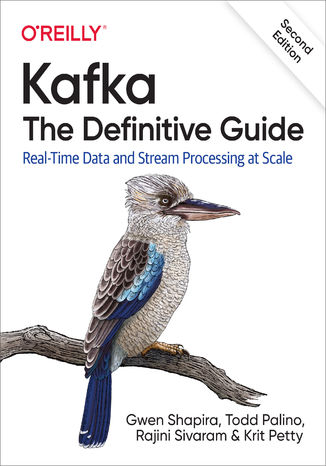



- Autorzy:
- Gwen Shapira, Todd Palino, Rajini Sivaram
- Wydawnictwo:
- O'Reilly Media
- Ocena:
- Stron:
- 488
- Dostępne formaty:
-
ePubMobi
Opis
książki
:
Kafka: The Definitive Guide. 2nd Edition
Every enterprise application creates data, whether it consists of log messages, metrics, user activity, or outgoing messages. Moving all this data is just as important as the data itself. With this updated edition, application architects, developers, and production engineers new to the Kafka streaming platform will learn how to handle data in motion. Additional chapters cover Kafka's AdminClient API, transactions, new security features, and tooling changes.
Engineers from Confluent and LinkedIn responsible for developing Kafka explain how to deploy production Kafka clusters, write reliable event-driven microservices, and build scalable stream processing applications with this platform. Through detailed examples, you'll learn Kafka's design principles, reliability guarantees, key APIs, and architecture details, including the replication protocol, the controller, and the storage layer.
You'll examine:
- Best practices for deploying and configuring Kafka
- Kafka producers and consumers for writing and reading messages
- Patterns and use-case requirements to ensure reliable data delivery
- Best practices for building data pipelines and applications with Kafka
- How to perform monitoring, tuning, and maintenance tasks with Kafka in production
- The most critical metrics among Kafka's operational measurements
- Kafka's delivery capabilities for stream processing systems
Wybrane bestsellery
O'Reilly Media - inne książki
Dzięki opcji "Druk na żądanie" do sprzedaży wracają tytuły Grupy Helion, które cieszyły sie dużym zainteresowaniem, a których nakład został wyprzedany.
Dla naszych Czytelników wydrukowaliśmy dodatkową pulę egzemplarzy w technice druku cyfrowego.
Co powinieneś wiedzieć o usłudze "Druk na żądanie":
- usługa obejmuje tylko widoczną poniżej listę tytułów, którą na bieżąco aktualizujemy;
- cena książki może być wyższa od początkowej ceny detalicznej, co jest spowodowane kosztami druku cyfrowego (wyższymi niż koszty tradycyjnego druku offsetowego). Obowiązująca cena jest zawsze podawana na stronie WWW książki;
- zawartość książki wraz z dodatkami (płyta CD, DVD) odpowiada jej pierwotnemu wydaniu i jest w pełni komplementarna;
- usługa nie obejmuje książek w kolorze.
Masz pytanie o konkretny tytuł? Napisz do nas: sklep@helion.pl
Książka drukowana


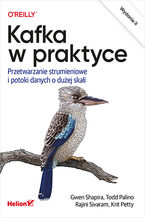






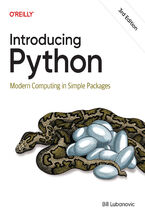

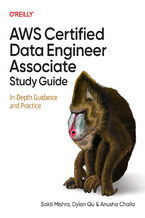
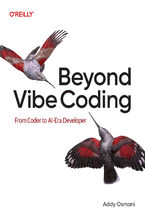
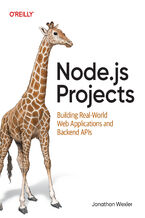

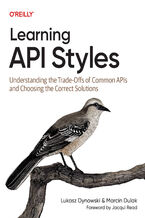
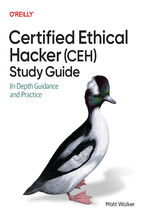
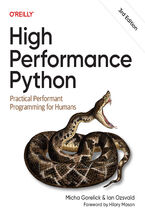
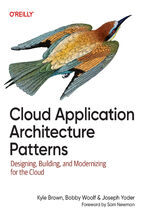
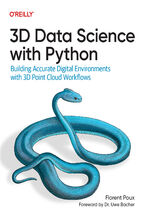



Oceny i opinie klientów: Kafka: The Definitive Guide. 2nd Edition Gwen Shapira, Todd Palino, Rajini Sivaram
(0)